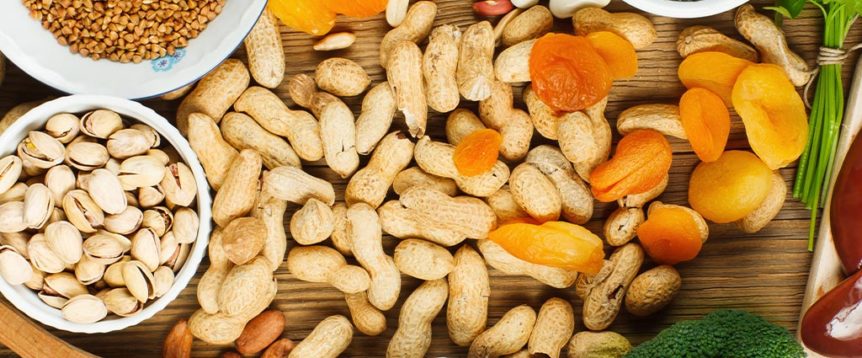› Health benefits
Scientists are studying iron to understand how it affects health. Iron’s most important contribution to health is preventing iron deficiency anemia and resulting problems.
› How much do I need
The daily amount of zinc needed depends on age and gender. For women, it increases during pregnancy, but decreases when lactating. Adults age 19-50: 8 milligrams daily for men and 18 milligrams for women; adults age 51-plus: 8 milligrams daily. Pregnant women: 27 milligrams; breastfeeding women: 9 milligrams.
Most people in the United States get enough iron. However, certain groups of people are more likely than others to have trouble getting enough iron, including: teen girls and women with heavy periods; pregnant women and teens; infants (especially if they are premature or low-birthweight); frequent blood donors; and people with cancer, gastrointestinal (GI) disorders or heart failure.
Symptoms of iron deficiency anemia include GI upset, weakness, tiredness, lack of energy, and problems with concentration and memory. In addition, people with iron deficiency anemia are less able to fight off germs and infections, to work and exercise, and to control their body temperature. Infants and children with iron deficiency anemia might develop learning difficulties.
› In food
Iron is found naturally in many foods and is added to some fortified food products. You can get recommended amounts of iron by eating a variety of foods, including lean meat, seafood and poultry; iron-fortified breakfast cereals and breads; white beans, lentils, spinach, kidney beans and peas; and nuts and some dried fruits, such as raisins.
Iron in food comes in two forms: heme iron and nonheme iron. Nonheme iron is found in plant foods and iron-fortified food products. Meat, seafood and poultry have both heme and nonheme iron. Your body absorbs iron from plant sources better when you eat it with meat, poultry, seafood and foods that contain vitamin C, such as citrus fruits, strawberries, sweet peppers, tomatoes and broccoli.
› Dietary supplements
Iron is available in capsules, tablets and liquid forms. Iron in supplements is often in the form of ferrous sulfate, ferrous gluconate, ferric citrate or ferric sulfate.
Source: National Institutes of Health, Office of Dietary Supplements
Please consult your health care provider before making changes to your vitamin/supplement regimen.


